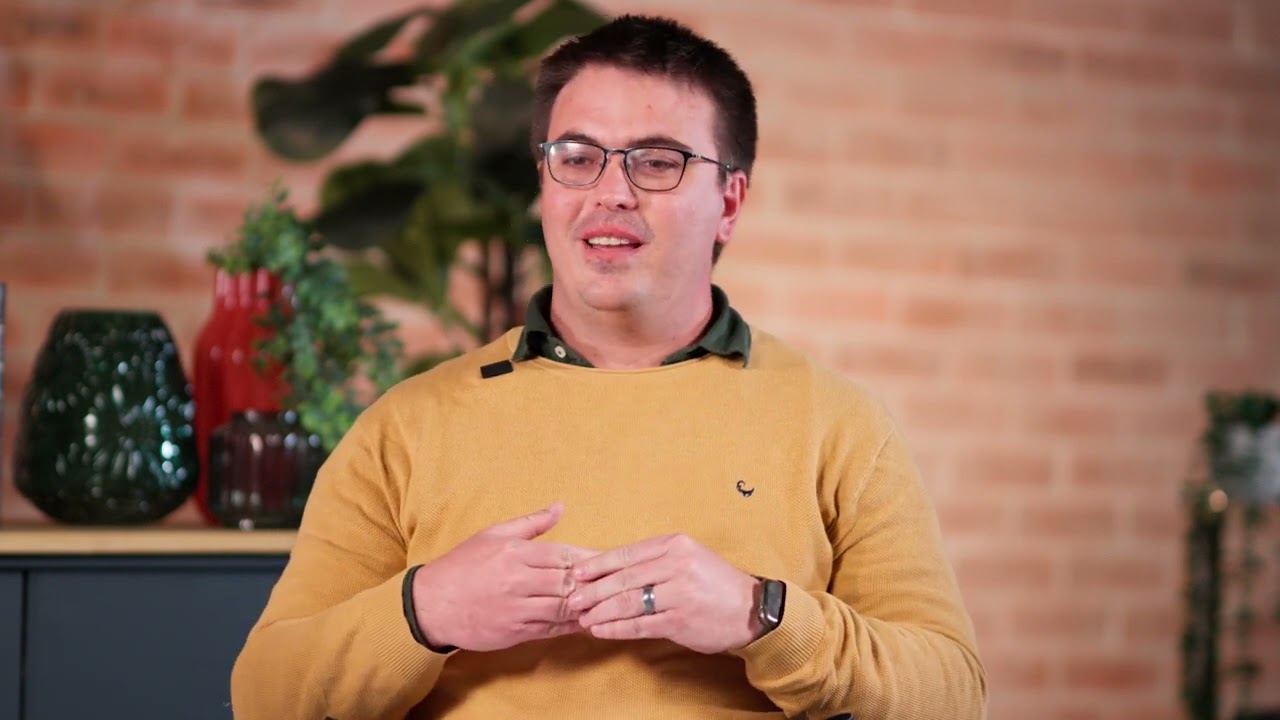I’ll try to deal with the what and the how much. Please understand that I live in Johannesburg, so I’m a City Power customer and my system is registered with them.
I have posted at length about my experiences elsewhere on this forum but
- You are not going to be able to do it yourself unless you are a suitably qualified engineer, thus able to sign off on the schematic that is required.
- You will need a COC that includes the PV system
- You will also need a drawing showing how your system is connected to the grid and to the DB
- If you just have inverter and batteries you aren’t generating, and there is nothing to register.
- If (like me) you COULD generate power to feed back into the grid, but don’t plan to, you have to register. They don’t care that you don’t plan to, they care that your system has that capability.
- The technical side is to ensure compliance with regulations. These are mostly about safety (EG I had to put extra labels on the DB and the meter box so that any electrician knows that there are two sources of power).
- There is a list of approved inverters. COCT famously publish this list, but it is the same everywhere, based on the same regulations. Your inverter has to be on that list.
- It must be properly installed so that (for EG) it doesn’t feed back when the grid goes down, and it is possible to completely bypass the system so that your entire DB is fed from the grid. There are other requirements, that’s not an exhaustive list.
Back to my first point. Unless you are suitably qualified or have a mate who is, at some point you are going to have involve an engineer, and they are going to want paying.
I didn’t have to pay the City anything for registration, and it is my understanding that you don’t pay Eskom for registration.
You must register with whoever you buy your electricity from, not necessarily with Eskom.
In my case I took up an offer that my installer had negotiated for all of his clients. For 5 grand, a company named Pure Energy Solutions would do everything for you. I signed a document appointing Pure Energy as my proxy for the purposes of SSEG registration. They made an initial inspection then I signed that document and they took over. When my signature was required, they emailed the document to me, and I signed and sent it back. They took care of the whole process, so I didn’t have to stand in any queues.
In the case of COJ, they will send an engineer out to check your system. The installer or a representative he appoints must be present. They will not check everything that is declared, but they will pick a couple of things and say “please show me this”. They did check that my system didn’t feed back when the grid went down, and they did another test to see how long it took to reconnect when the grid was restored. AIUI this must be at least one minute and no more than 10. This is to avoid an overload when all these systems connect immediately and start demanding power.
Pure Energy inspected my system. They didn’t change it in anyway. When they found shortcomings they told me about me about them. The only one they did find was the aforementioned lack of labelling.
So if your system has been installed by somebody who cut corners or didn’t really know what he was doing, it might cost you quite a bit more.
I didn’t have to change tariff. There is vague wording about this on the letter that I got from COJ, but a reasonable reading of it is that they will switch me over to the appropriate tariff. Nothing has changed. I had to declare at application time if I wished to resell. I don’t, but if I did I would have had to switch tariffs. Different utilities may handle this differently.
![]()
![]()
